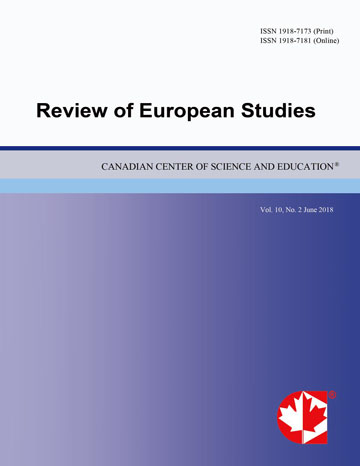How the Widespread Presence of Historical Private Real Estate Can Contribute to Local Development
- Luciano Monti
- Roberto Cerroni
Abstract
For decades, historical assets have been considered, particularly real estate, as a heritage to be conserved, but limiting the use to museums. The concept of enterprise was considered far removed, if not an indication of the dangerous commodification of the aforementioned assets. On the one hand, the emergence of an ever-increasing demand for cultural services connected to this patrimony, and, on the other hand, the increasing difficulties in finding adequate resources for the conservation of the latter, have pushed a greater number of operators to take into consideration the instrument of cultural industry, the latter whose goal is to secure resources for the maintenance of the artistic historical patrimony by exploiting the potential of the same. Italy is an important test for this challenge, because it can count on an intense pool of historical and artistic heritage, that is unique and unrivalled in the world.
In this paper, therefore, we try to relate the investments necessary for the conservation and enhancement of the Italian private historical real estate assets, with the concentration of the aforementioned in certain realities and with the current local economic development of cultural and creative industries.
The cross analysis shows clearly how the enhancement of private real estate assets is particularly relevant in smaller cities and can represent a stimulus for a specific economic, social and cultural growth model.
However, this opportunity at the local level is unfortunately not always cultivated, therefore, we call for a comprehensive set of structural, long-term interventions in the sector, both at national and supranational level, for not only economic but social revival of private historical heritage.
- Full Text:
 PDF
PDF
- DOI:10.5539/res.v11n1p183
Index
- ACNP
- CNKI Scholar
- DTU Library
- Elektronische Zeitschriftenbibliothek (EZB)
- EuroPub Database
- Excellence in Research for Australia (ERA)
- Genamics JournalSeek
- Google Scholar
- Harvard Library
- HeinOnline
- Infotrieve
- JournalTOCs
- Mir@bel
- Open policy finder
- RePEc
- ResearchGate
- ROAD
- Scilit
- Technische Informationsbibliothek (TIB)
- The Keepers Registry
- Universe Digital Library
- WorldCat
Contact
- Paige DouEditorial Assistant
- res@ccsenet.org
